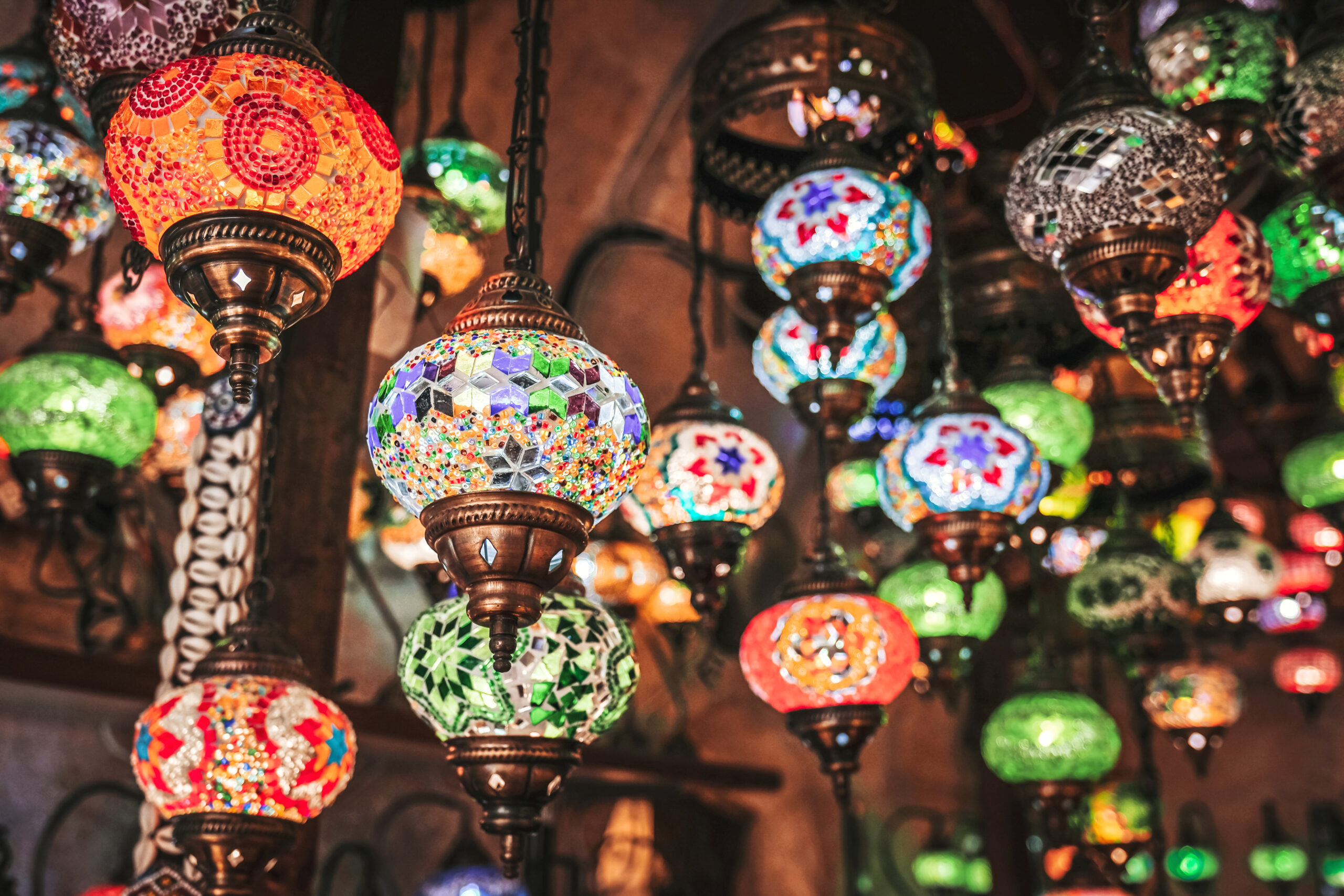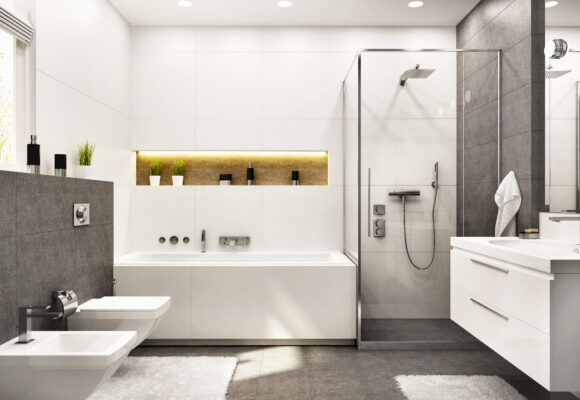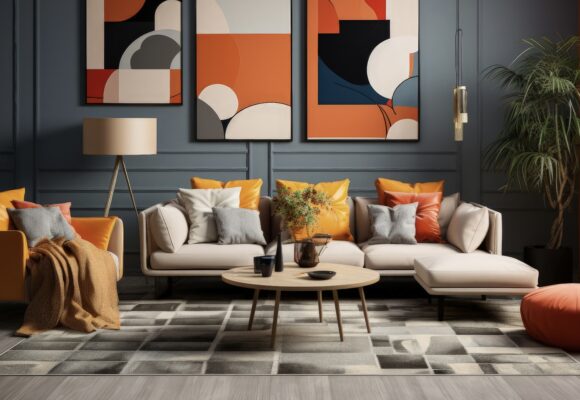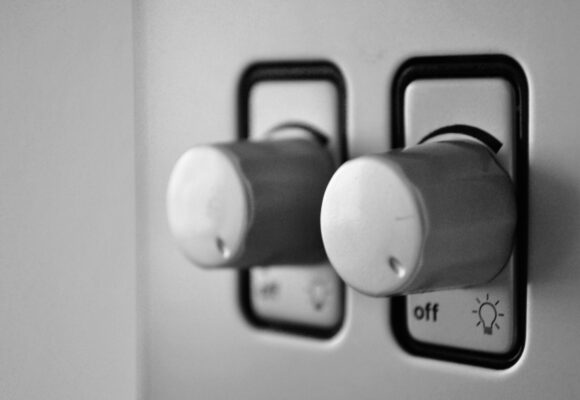The craft of making Turkish and Moroccan lamps is a tale woven with centuries of tradition, skill, and cultural richness. While both styles share common elements, their distinct histories and designs contribute to the uniqueness of each.
In Turkey, the art of lamp making is deeply rooted in the country’s historical and cultural tapestry. Turkish lamps, often known as mosaic lamps or Turkish lanterns, draw inspiration from the intricate patterns of Ottoman art and architecture. Craftsmen meticulously handcraft these lamps using coloured glass pieces, arranging them in geometric patterns to create a mesmerising play of light and colour. The technique involves a delicate process of shaping, assembling, and soldering, resulting in a distinctive blend of tradition and elegance.
The history of Turkish lamps dates back to the Ottoman Empire, where these luminous creations adorned palaces, mosques, and homes of the elite. Over time, the craftsmanship expanded, embracing a wide array of designs, from intricate floral motifs to bold geometric patterns. Today, Turkish lamps continue to be a symbol of Turkish artistry and are sought after worldwide for their timeless beauty.
On the other hand, Moroccan lamps, often referred to as Moroccan lanterns or Moorish lamps, showcase a distinct North African flair. The history of Moroccan lamps is deeply intertwined with the region’s diverse cultural influences, including Berber, Arab, and Andalusian elements. These lamps typically feature filigree metalwork, incorporating intricate patterns inspired by Islamic art.
Moroccan lamp making is characterised by the skillful art of metal casting and hammering. Artisans fashion intricate designs on brass or copper, creating a latticework that allows light to filter through in captivating patterns. The incorporation of colourful stained glass further enriches the visual appeal, casting a warm and vibrant glow.
The historical roots of Moroccan lamps can be traced to the Islamic Golden Age, where the fusion of various artistic traditions flourished in the region. Over time, these lamps became integral to Moroccan architecture and interior design, gracing homes, palaces, and mosques with their unique charm.
While Turkish and Moroccan lamps share the common thread of Islamic artistic influence, their designs, materials, and historical contexts give each style a distinct identity. Turkish lamps exude the grandeur of Ottoman aesthetics, while Moroccan lamps reflect the rich cultural mosaic of North Africa. Both styles, however, continue to illuminate spaces with a timeless elegance that transcends geographical boundaries.




 No products in the basket.
No products in the basket. 
